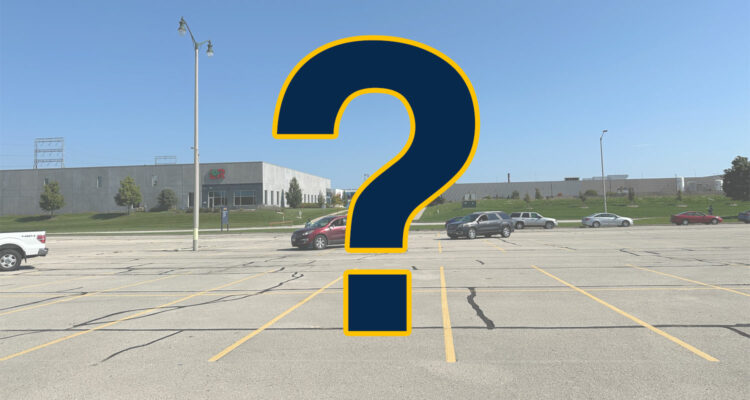Dan Shafer is the founder of The Recombobulation Area, an award-winning, reader-supported weekly column and online publication. Subscribe HERE.
Earlier this month, the Milwaukee Brewers made an announcement about something new coming to the ballpark in 2024. Fresh off receiving several hundred million dollars in taxpayer funding for maintenance and upgrades at American Family Field—in a deal that will be keeping the team in Milwaukee for another 27 years—the franchise was already in the midst of rolling out a number of new bells and whistles for the stadium. These were things like a new video scoreboard, an expanded team store, and new food and beverage offerings, the typical things you might come to expect from the preseason.
But the next big stadium-related announcement from the team involved…parking. Yes, parking, everybody’s favorite American Family Field topic. The team announced a “state of the art parking system that utilizes license plate recognition technology to provide seamless entry into American Family Field parking lots,” boasting that this would be the “first professional sports organization in the United States to implement this technology to this scale.”
Hurray? We…did it?

While we can all recognize that a facility like American Family Field is going to require some serious maintenance and upgrades after a couple decades, I’m not sure that a license plate recognition system is what people were clamoring for as the details of this public funding deal got hammered out. Quite the contrary, really. Among the topics that emerged as a contentious part of the debate was the great many parking lots surrounding the ballpark, and how leaders—Mayor Cavalier Johnson, in particular, along with some Democrats in the state legislature—wanted to see change there. While a task force and study was added to the deal as it got over the finish line, it came with no requirement to take any specific action at its conclusion.
Meanwhile, this last month has seen a flurry of plans for new baseball stadiums around the country, from Kansas City to Chicago to Salt Lake City, even, each complete with their own ballpark districts, and hundreds of millions of dollars in new development—a stark contrast to the lack of plans for new development in Milwaukee.
But it all seems to run counter to the central argument for taxpayer funding for a professional sports stadium—that investing such a tremendous amount of money in the stadium would foster greater economic growth in the city, region, and state. At The Recombobulation Area, we have long advocated for a “Beer District,” a west-side counterpart to the downtown “Deer District,” and given this fresh infusion of cash and the certainty that the Brewers will be staying in town through 2050, this part of the city—and West Milwaukee, West Allis, Wauwatosa, and much of the west side of Milwaukee County—seems ripe with opportunity for such a development.
And the Milwaukee area loves to talk about a big new development. In my years working in the business news media in Milwaukee—at BizTimes Milwaukee and at the Milwaukee Business Journal—ideas surrounding big projects always came with so much optimism, so much energy, so much attention. But, curiously, the ink drying on the Brewers stadium deal seemed to come with naysaying from some in the business community in Milwaukee, even before the study on a “pathway to development” takes place. (For more on that dynamic, see my recent interview with Omar Shaikh, which followed a Twitter dustup on the topic.)
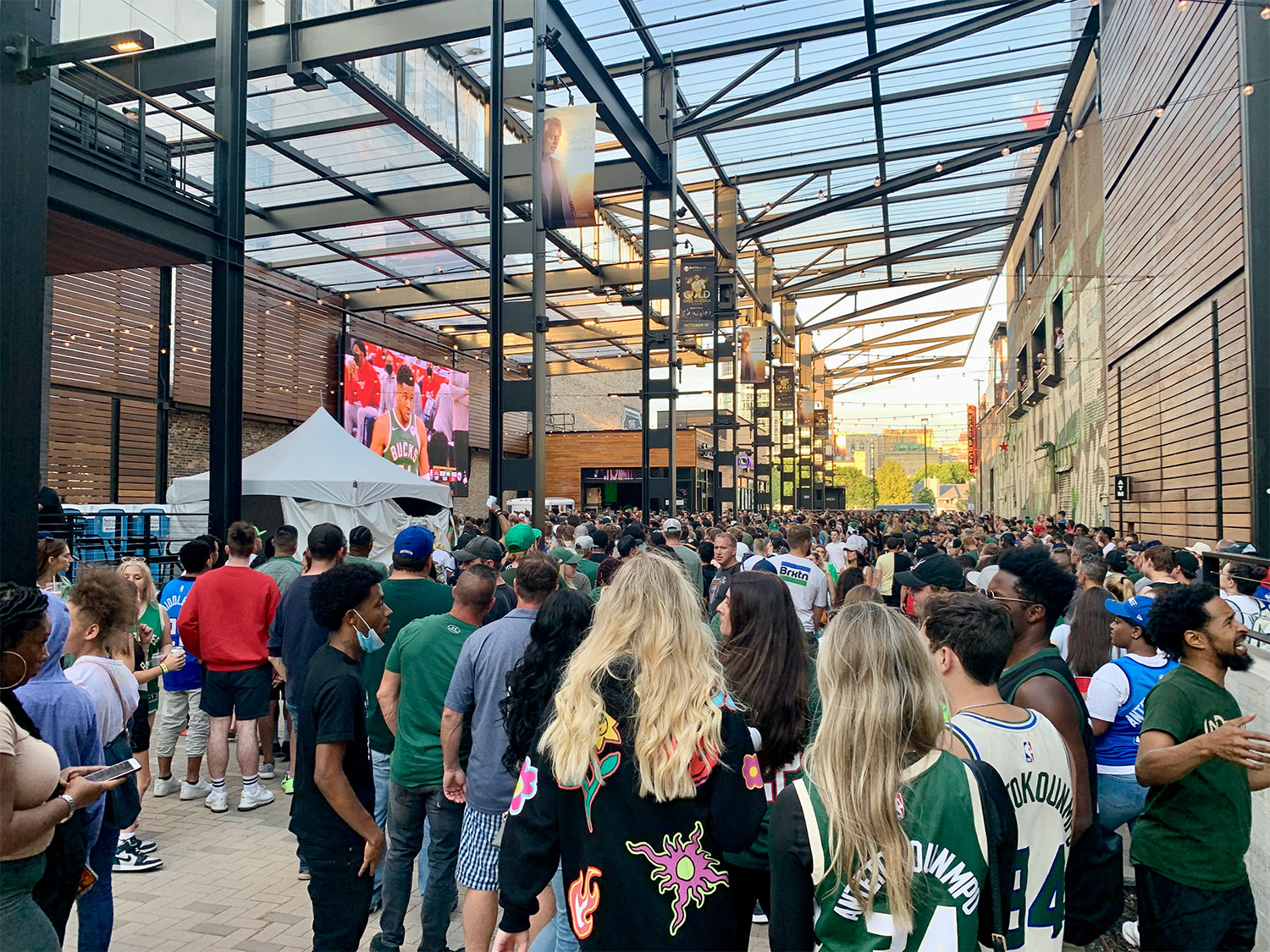
Deer District, 2021
People often criticize Milwaukee for having an outsized focus on downtown and big projects there, and ignoring other neighborhoods across the city and county. Even with the massive spotlight of Brewers baseball, it kind of feels like that is exactly what’s happening here.
The thing that makes this so frustrating is that there is a ton of potential on this side of town, and a real opportunity to take this moment, leverage this huge investment, and create something truly new and transformative for a part of the city that can often go overlooked.
Perhaps this something new just has not been articulated, so let’s have a crack at it…
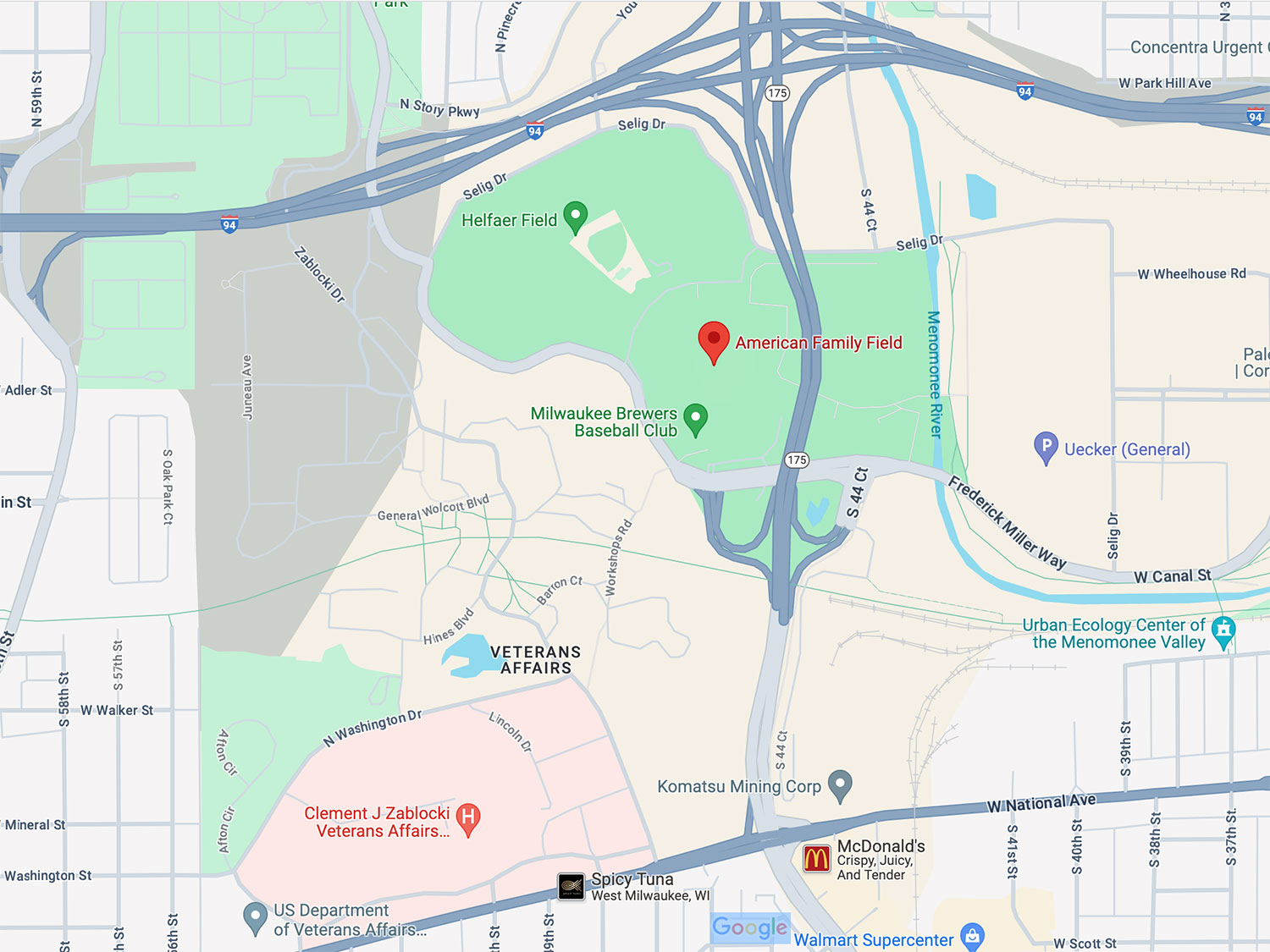
Part of this larger embrace of the status quo is in the I-94 East-West highway widening and reconstruction project, which adds a lane in either direction (unnecessarily), and keeps most of the corridor the same. The one piece that could be different, however, is the Stadium Freeway, which is being studied for a reinvention. We still don’t know what form, exactly, that reinvention might take, but in our hypothetical here, let’s say that nearly two-mile freeway spur is converted to a boulevard that better connects to surrounding neighborhoods and is particularly designed to embrace the underutilized gem that is Washington Park. We’ve seen downtown how freeway removal can be a catalyst for new development. This new boulevard—let’s call it Bob Uecker Boulevard, or “The Ueck”—could stretch south past the ballpark to National Avenue into West Milwaukee, and be the foundation of this new, reimagined stadium district and west side reinvention.
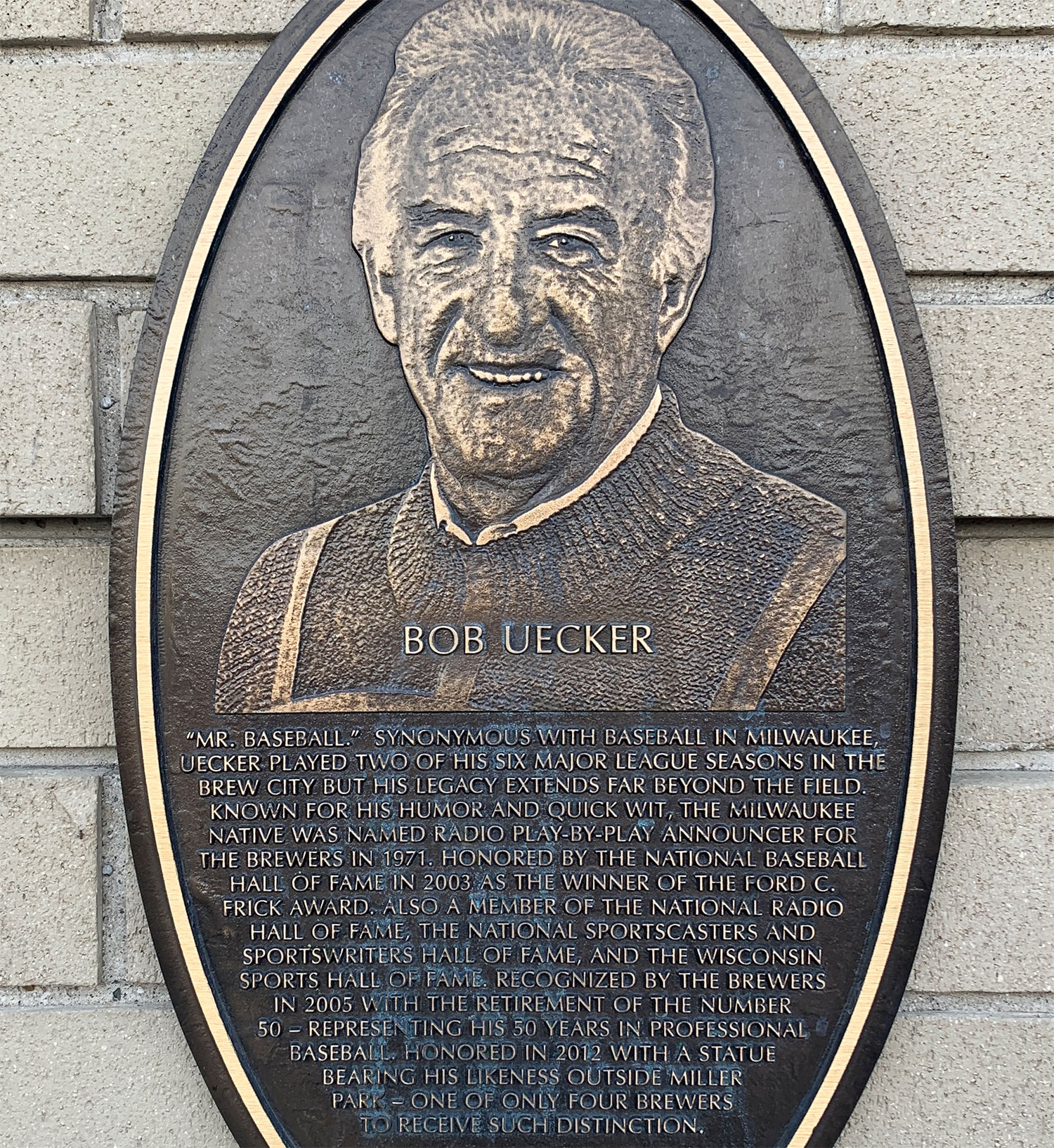
Along National and Greenfield avenues is where highway expansion opponents have proposed putting an additional Bus Rapid Transit line that goes from the downtown Intermodal Station to the corner of Highway 100 and Greenfield Avenue in West Allis, so let’s add that there. Brewers leadership complained about a lack of transit to the ballpark, and this directly addresses that problem and adds a new way for commuters to get to work and Milwaukeeans to get around (and people to get to and from the nearby Milwaukee VA Medical Center). Put out a bus stop / gathering place of sorts at the corner of National and “The Ueck,” and pedestrian and bike paths all over, with some going directly to the stadium, and many connecting to the nearby Hank Aaron State Trail.
Just north of National, to the east of WI-175, is the former Komatsu plant, now sitting dormant after the company moved their HQ east to the Harbor District. That’s a lot of empty space, and there are fewer and fewer manufacturing facilities in this part of town, perfect opportunity to convert or rebuild as some housing. We know Milwaukee needs housing.
“[One] reason we should be pursuing a mixed use redevelopment is that multifamily demand has never been stronger in Milwaukee,” said Gard Pecor, senior market analyst with the CoStar Group. “The Milwaukee metro currently has a 5% vacancy rate, which is the fourth lowest in the country among the 50 largest markets. Especially for market rate development right now, it’s not a question of ‘if you build it, will they come?’ The demand is already there.”
Building more housing in this part of the Milwaukee metro area, specifically, would leverage development momentum in nearby West Allis, and give more people places to live at a reasonable price. In doing so, this could bring more activity to a neighborhood that looks very different on the 270+ days when the Brewers do not have a home game.

As has been mentioned for years, the Komatsu site is where a “Beer District,” in whatever concept you might want to build it—housing, entertainment, restaurants, bars, all kinds of other mixed-use development—would make the most sense, especially if connected to the Gantner lot. This growth in development could ripple out into nearby neighborhoods like Story Hill, Silver City, Burnham Park, Pigsville, Merrill Park, Martin Drive, Washington Heights, and the Menomonee River Valley.
North of the former Komatsu plant is the Menomonee River. This is an almost entirely un-utilized part of the river. Let’s put a beer garden on it; this is Milwaukee, after all. And how about in doing so, connect it back to the paved tailgating fields, and make it part of the ballpark. You can still keep maybe half of the Yount and Uecker lots for parking—the parts that were actually being used during the most recent playoff series—and use the rest for, let’s say, “Bernie Brewer’s Beer Garden.” You could have a bunch of chalets and giant beer mugs there and everything. It would be an instant attraction. Not, you know, a “Selig Experience” or X-Golf level hotspot, but something pretty great.
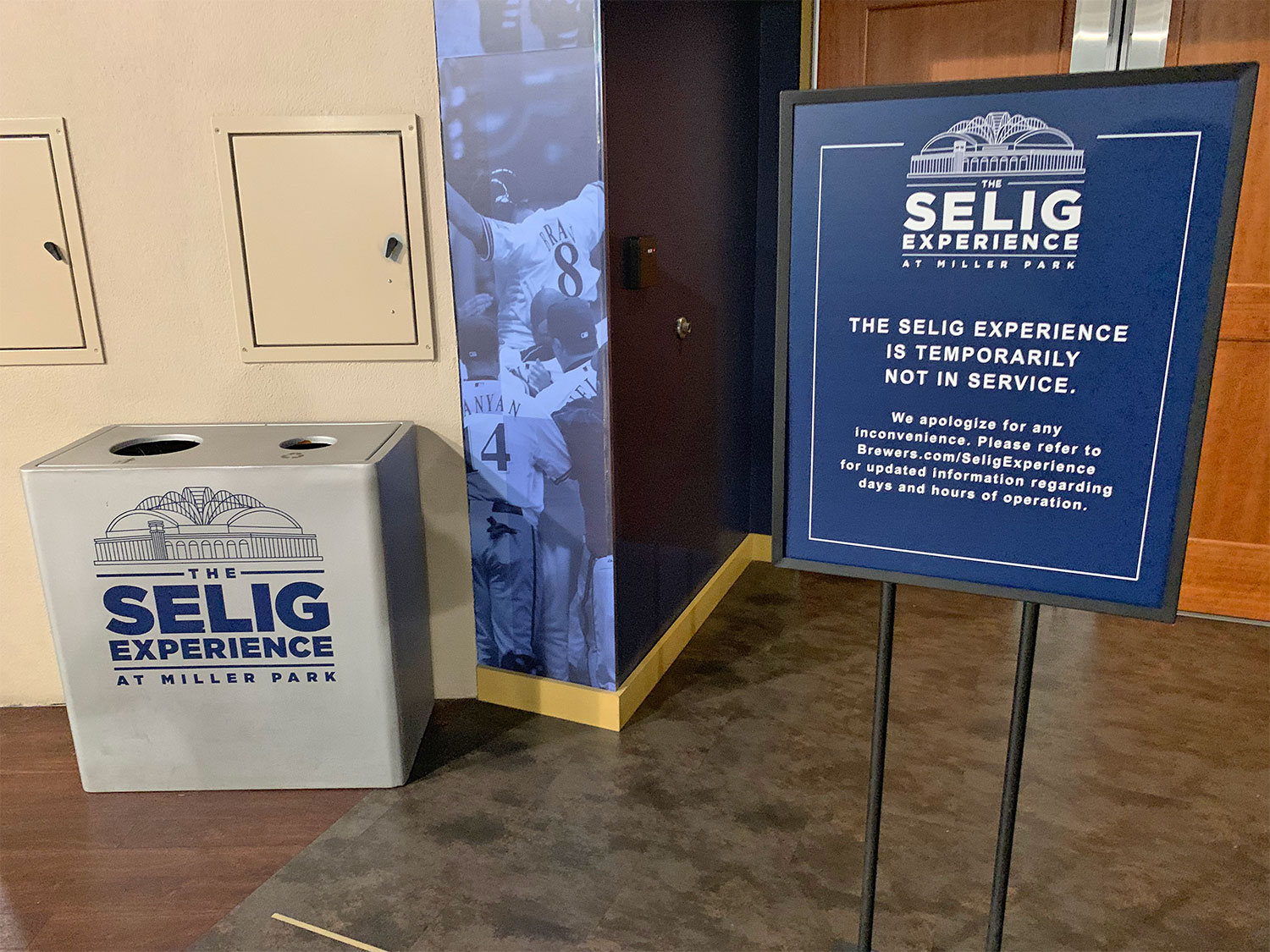
So, in this hypothetical, we could have a new Bob Uecker Boulevard that brings together neighborhoods and parks, a new BRT line, a new use of the Menomonee River, opportunities for tons of mixed-use housing and development in a region that really needs it, new cycling and pedestrian connections, “Bernie Brewer’s Beer Garden” at the ballpark, and fresh year-round activity for a part of the city that’s on the rise—all while not disrupting 90% of “tailgate culture.”
And look, some of these ideas might be entirely unfeasible, completely idiotic, or just plain wrong in any number of ways. But the point is that we didn’t even give ourselves the opportunity to have this conversation and get all of our unrealistic, terrible, pie-in-the-sky ideas out there. There were no new renderings for a single damn thing in all of this. We just said yes to the first idea, and it wasn’t a particularly good one.
Who knows what might come next? Maybe the new presence of people who had a hand in Green Bay’s Titletown development on the stadium district board is a sign of things to come. Maybe the Stadium Freeway reinvention will be a genuine game-changer. The hope for some level of significant transformation on this side of town still remains.
But after these big, billion-dollar decisions have been made on the ballpark and the interstate, it still seems like we’re going to be looking back on this window of time where we could have done something differently and wonder: What if?
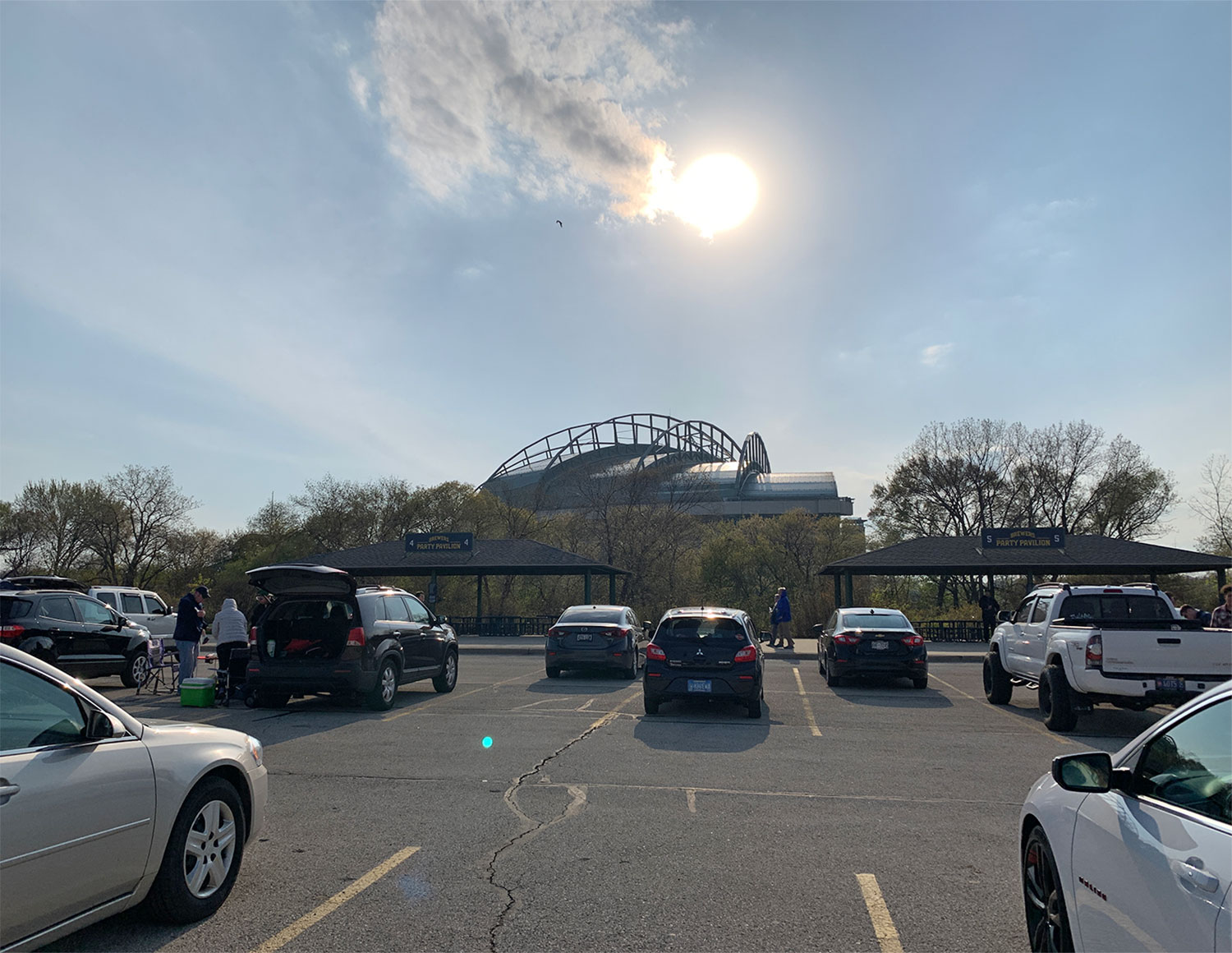
Want more Milwaukee Record? Subscribe to our free weekly newsletter and/or support us on Patreon.
RELATED ARTICLES

